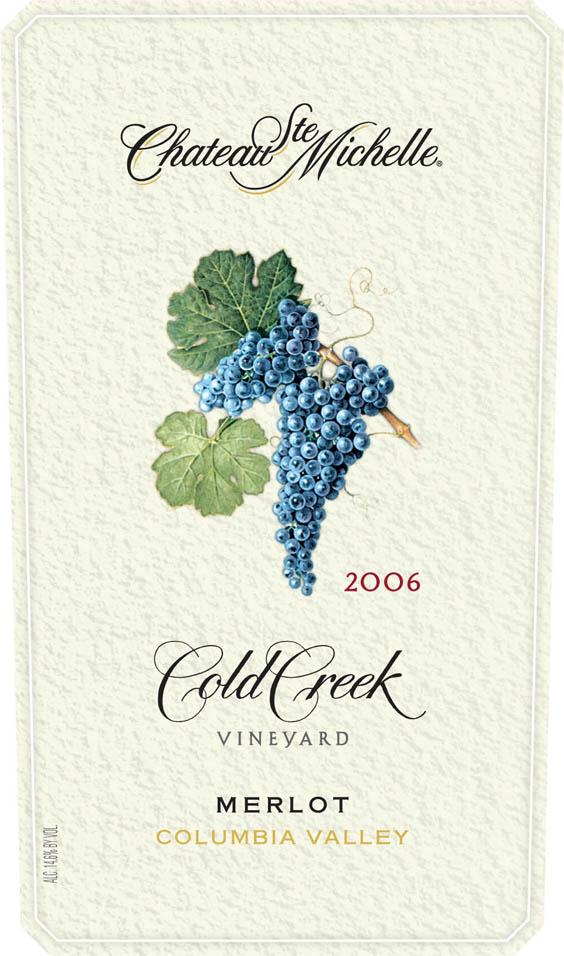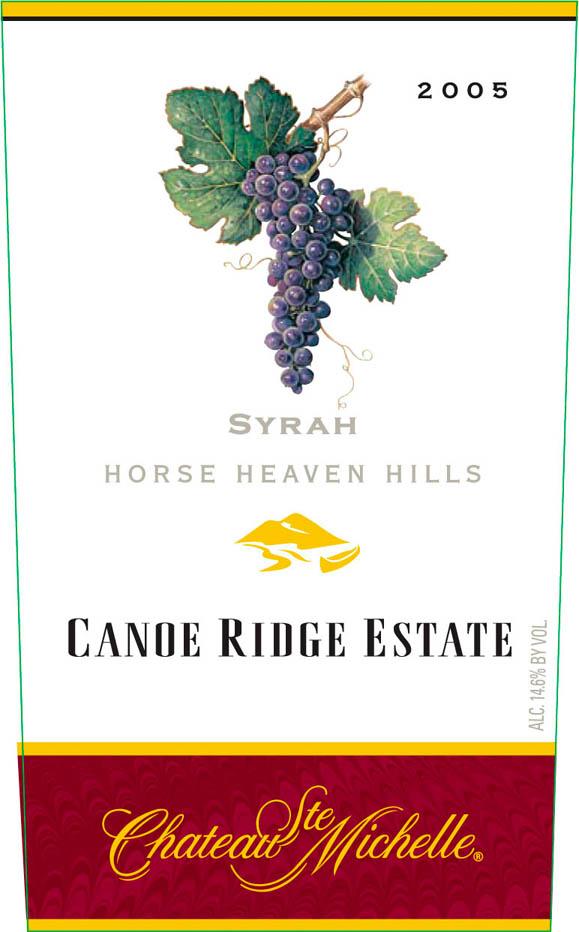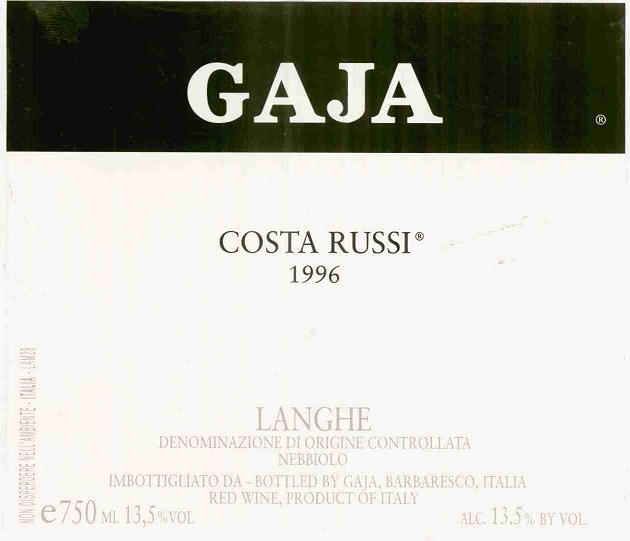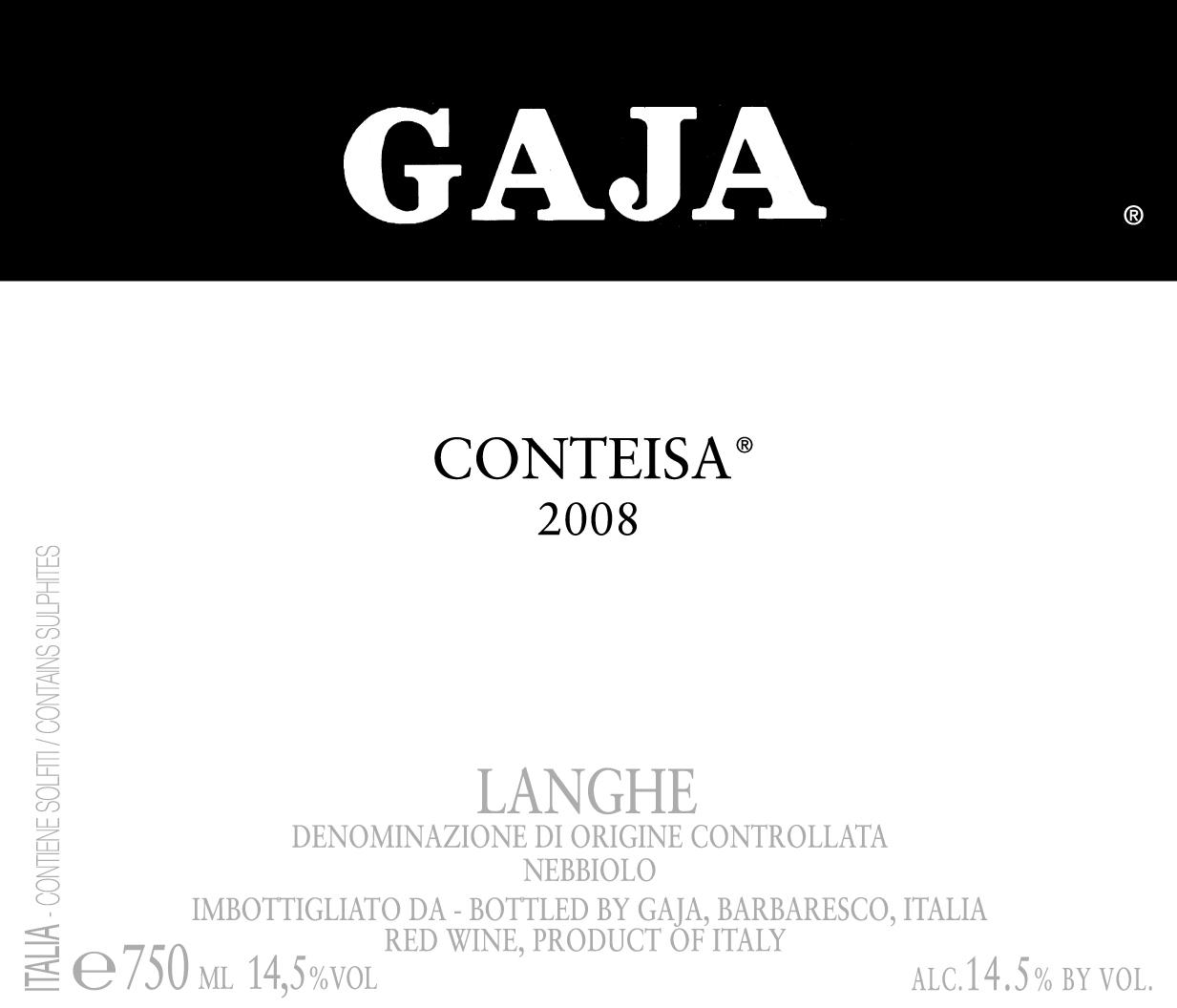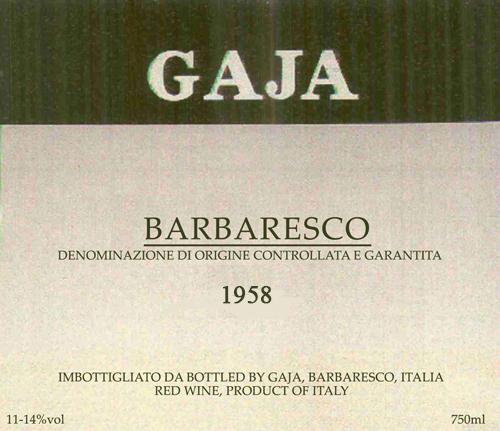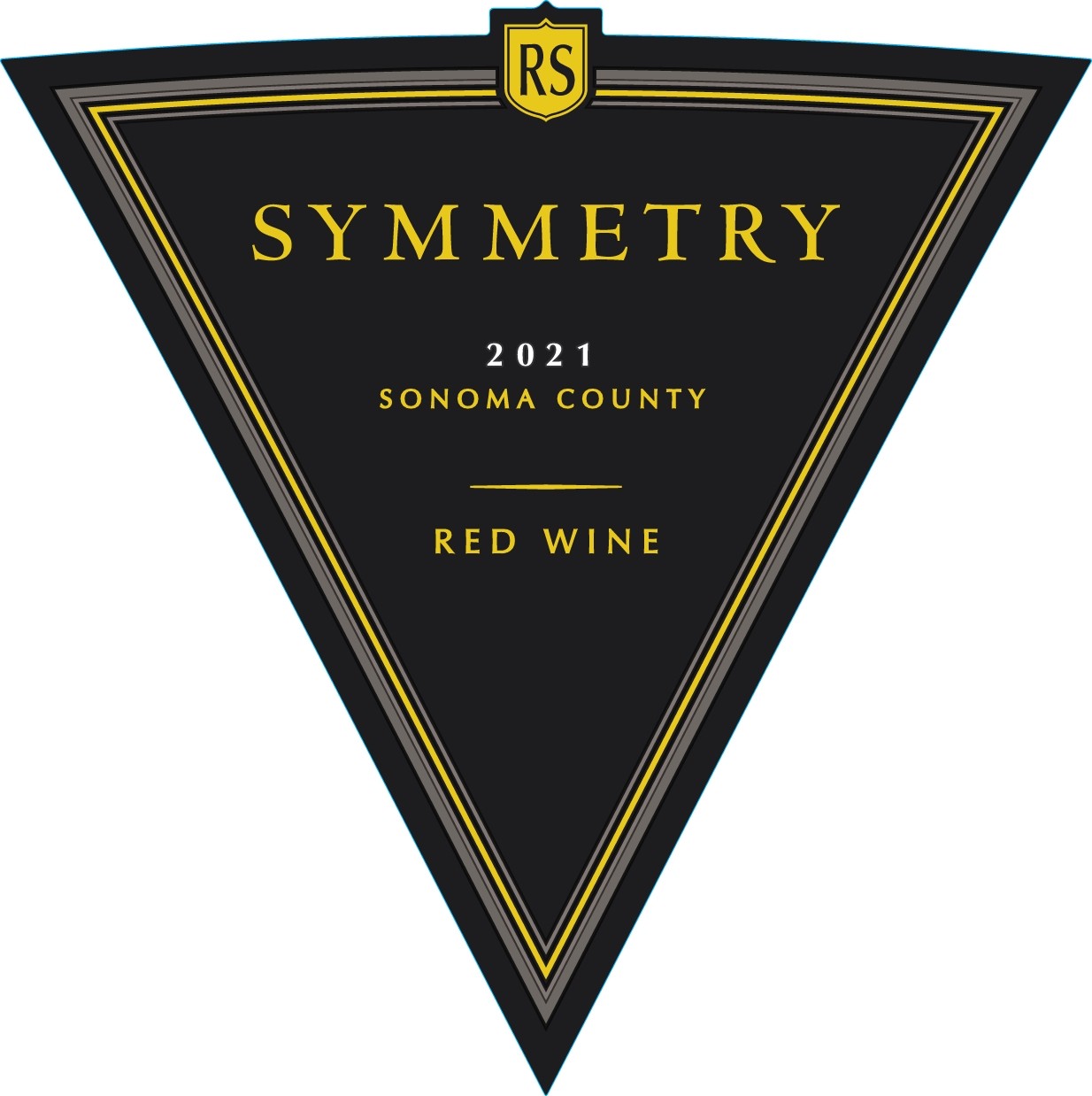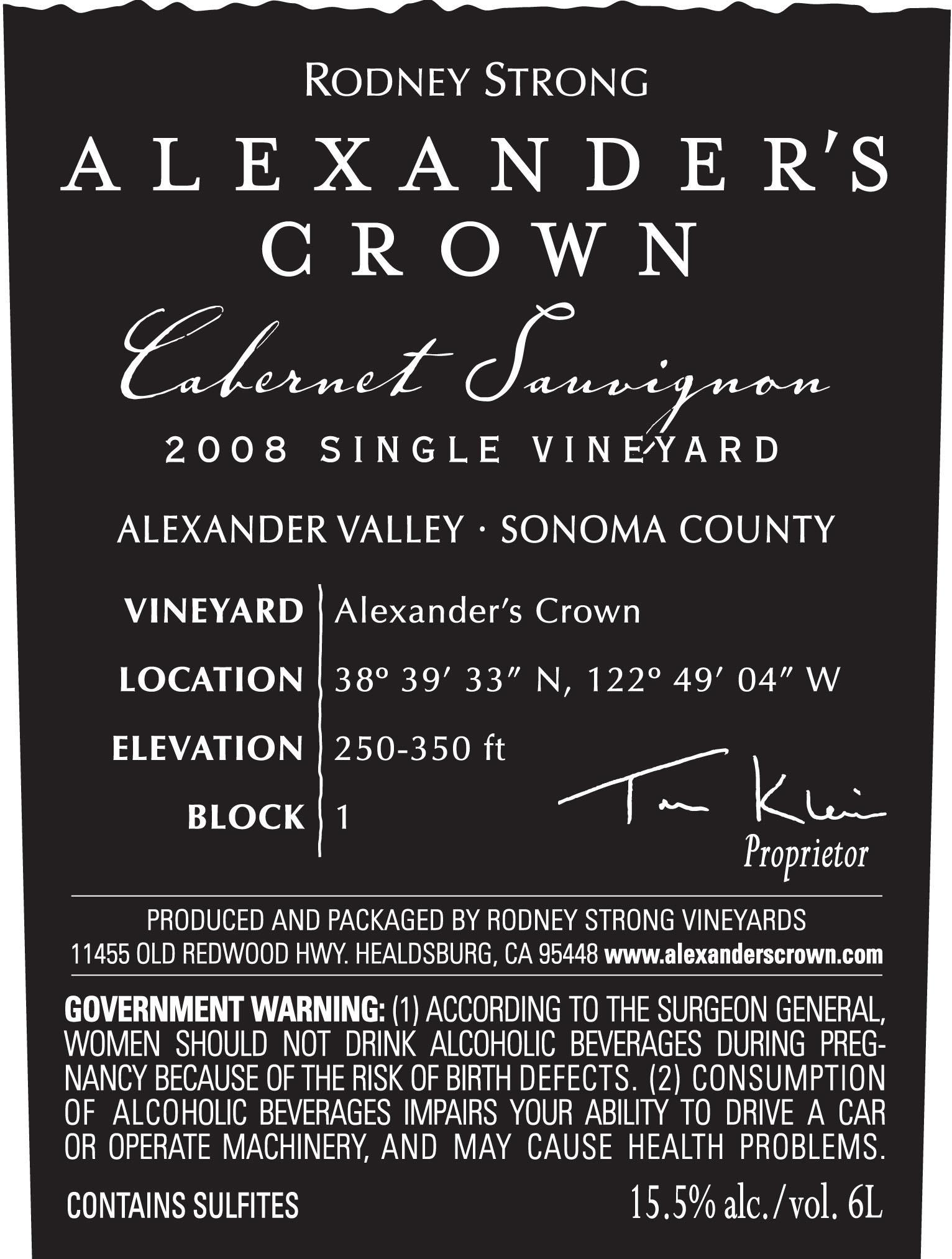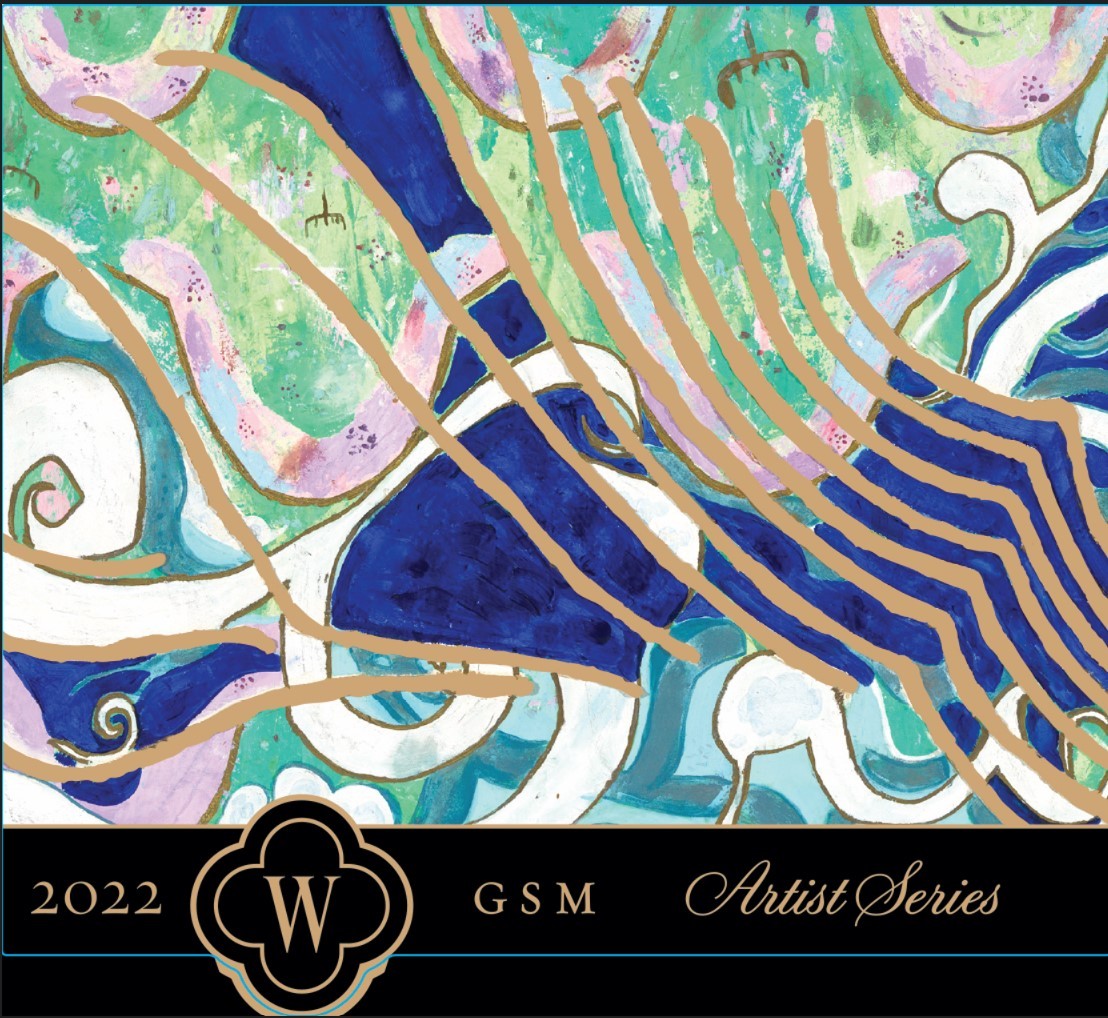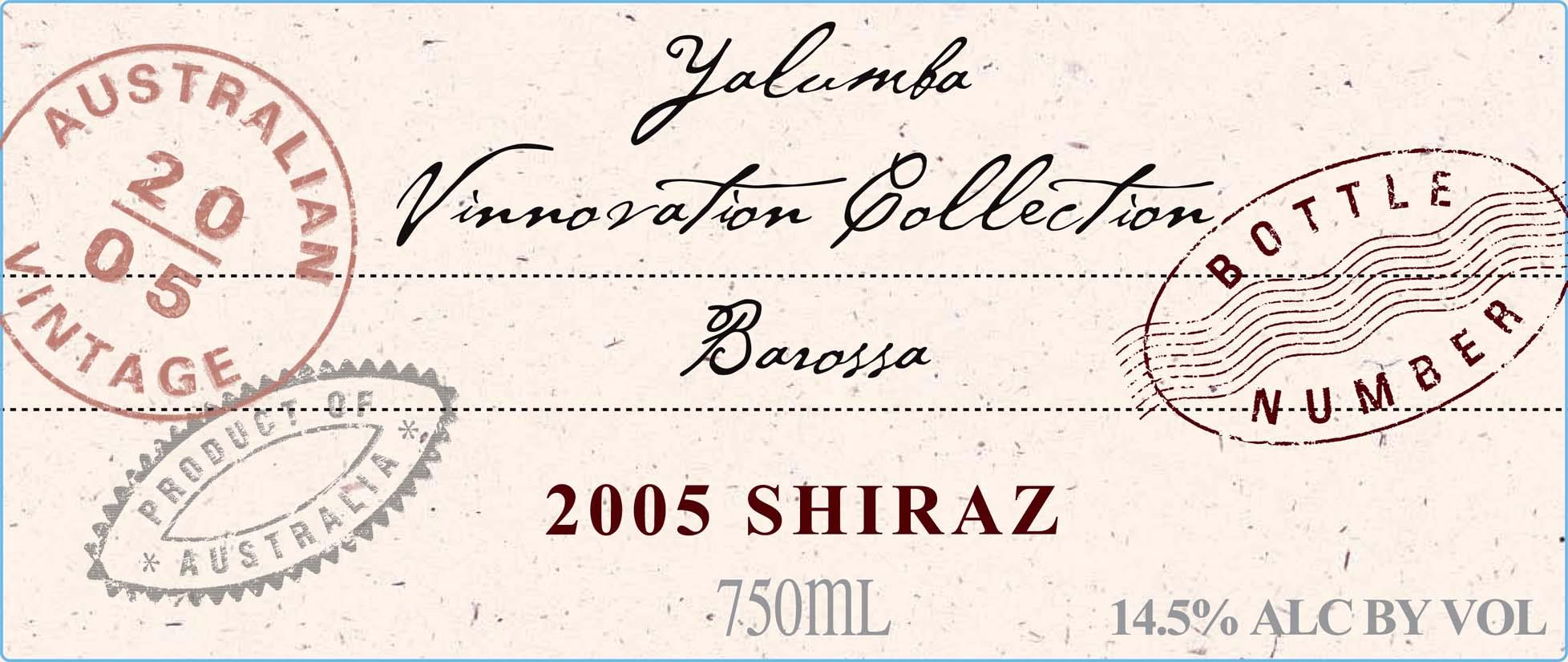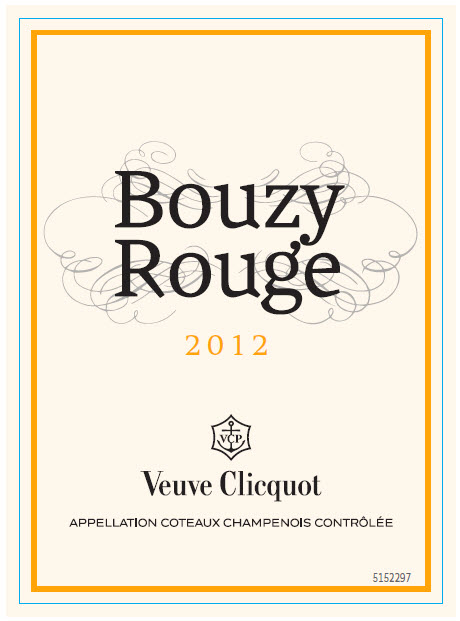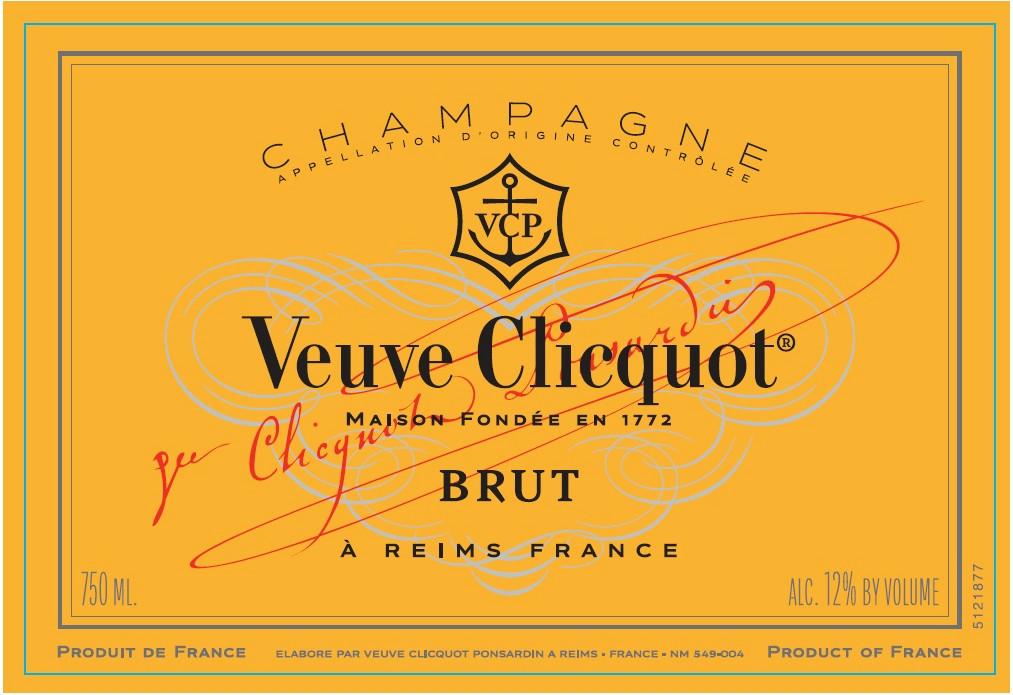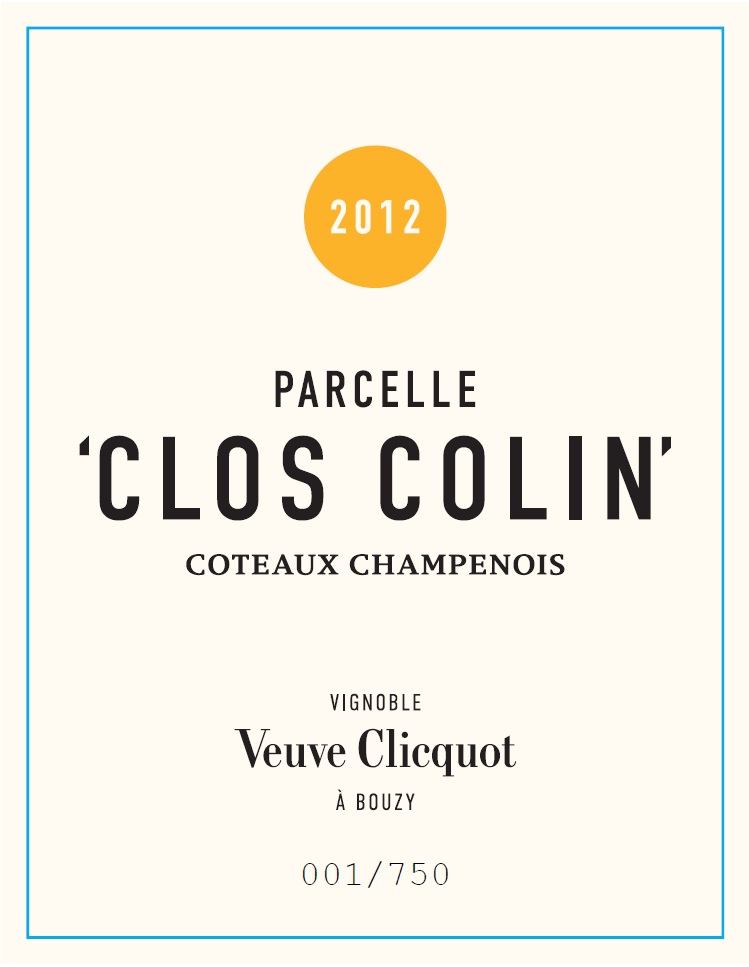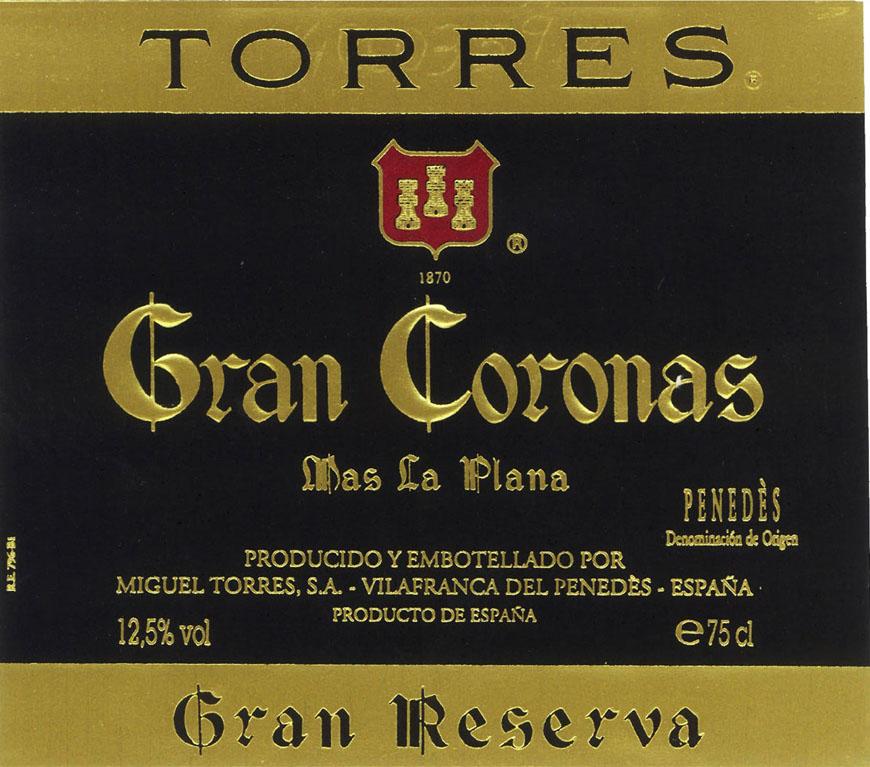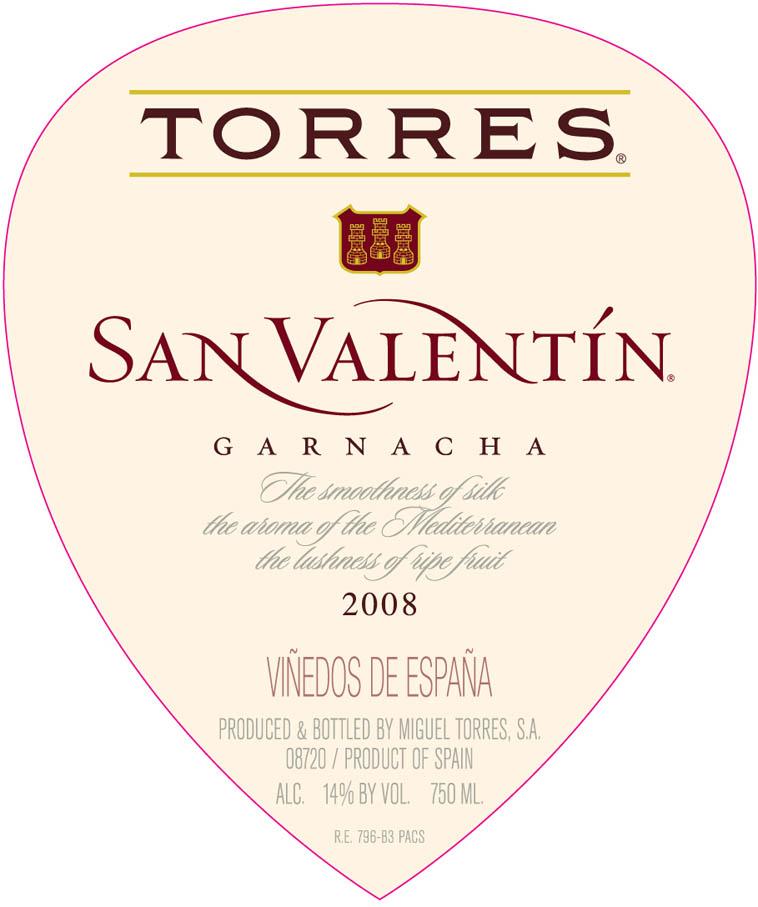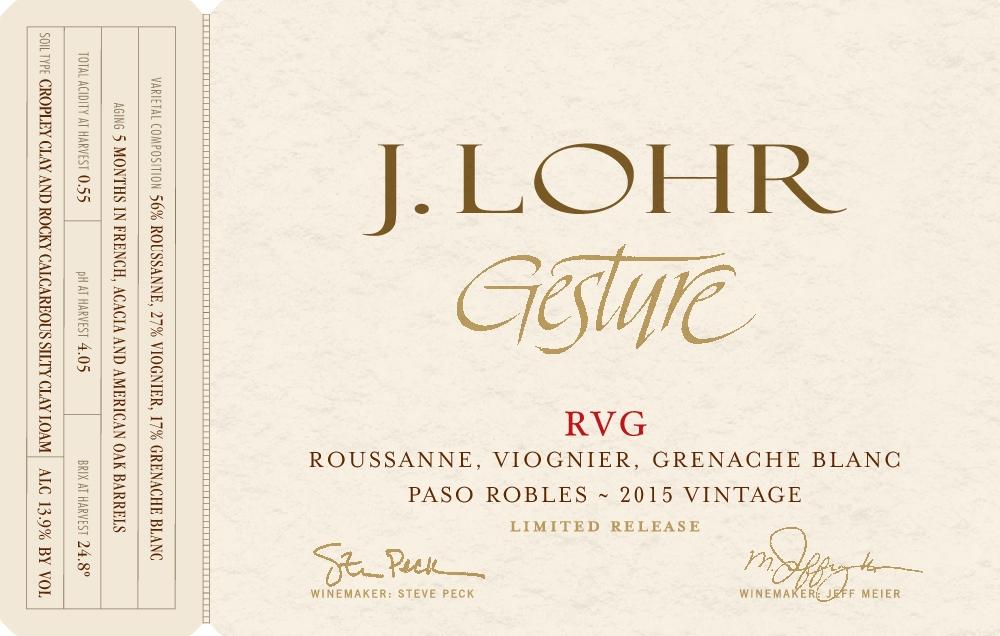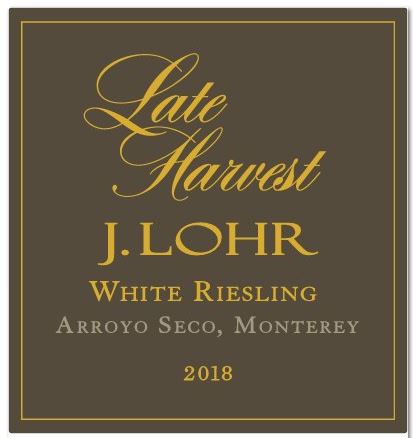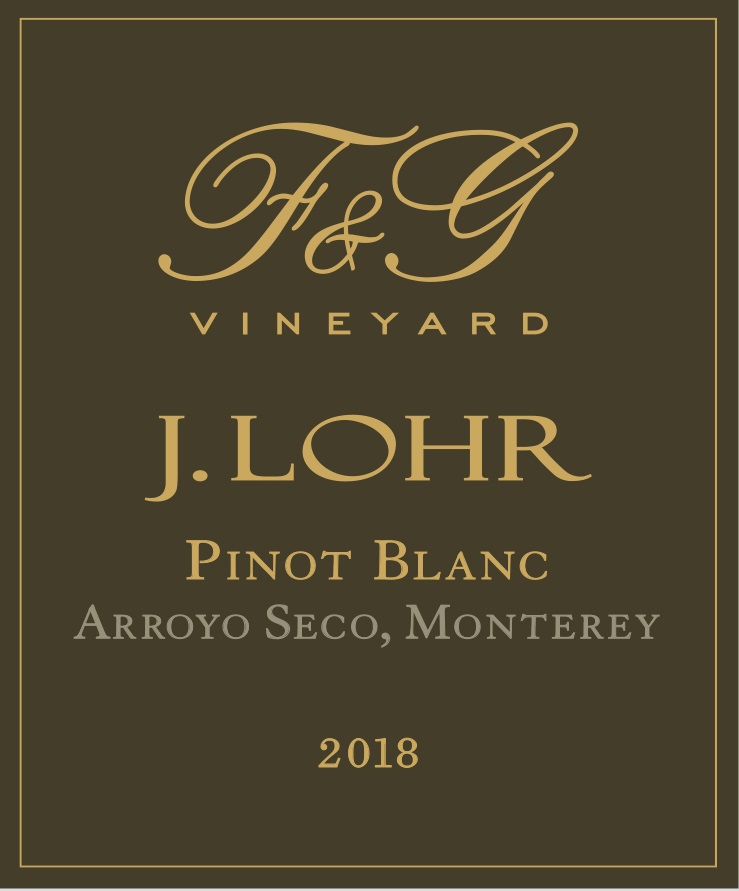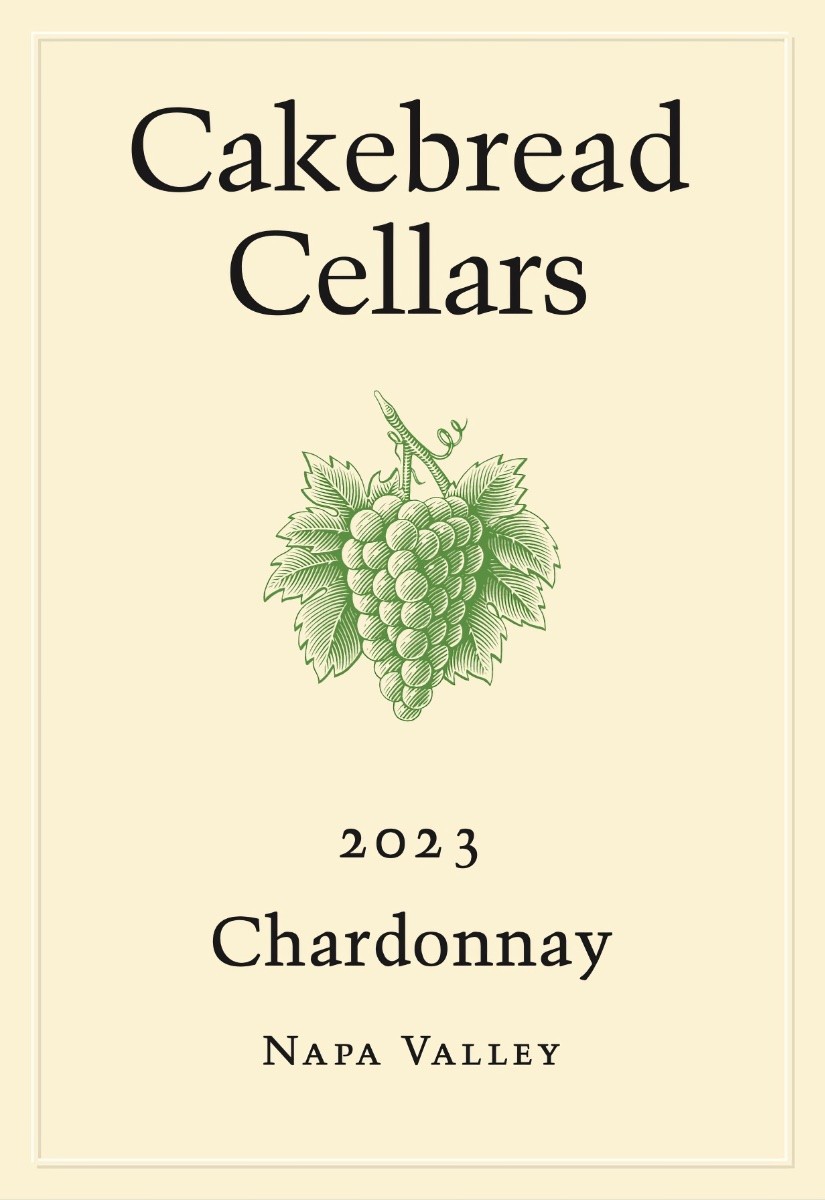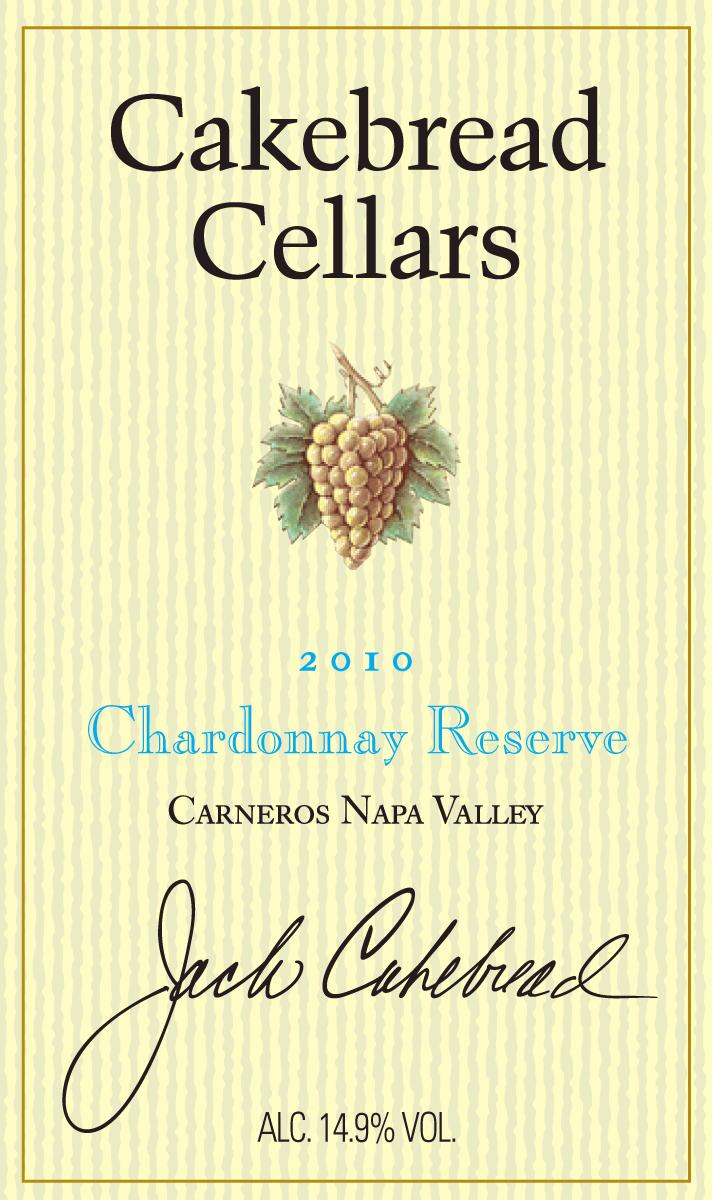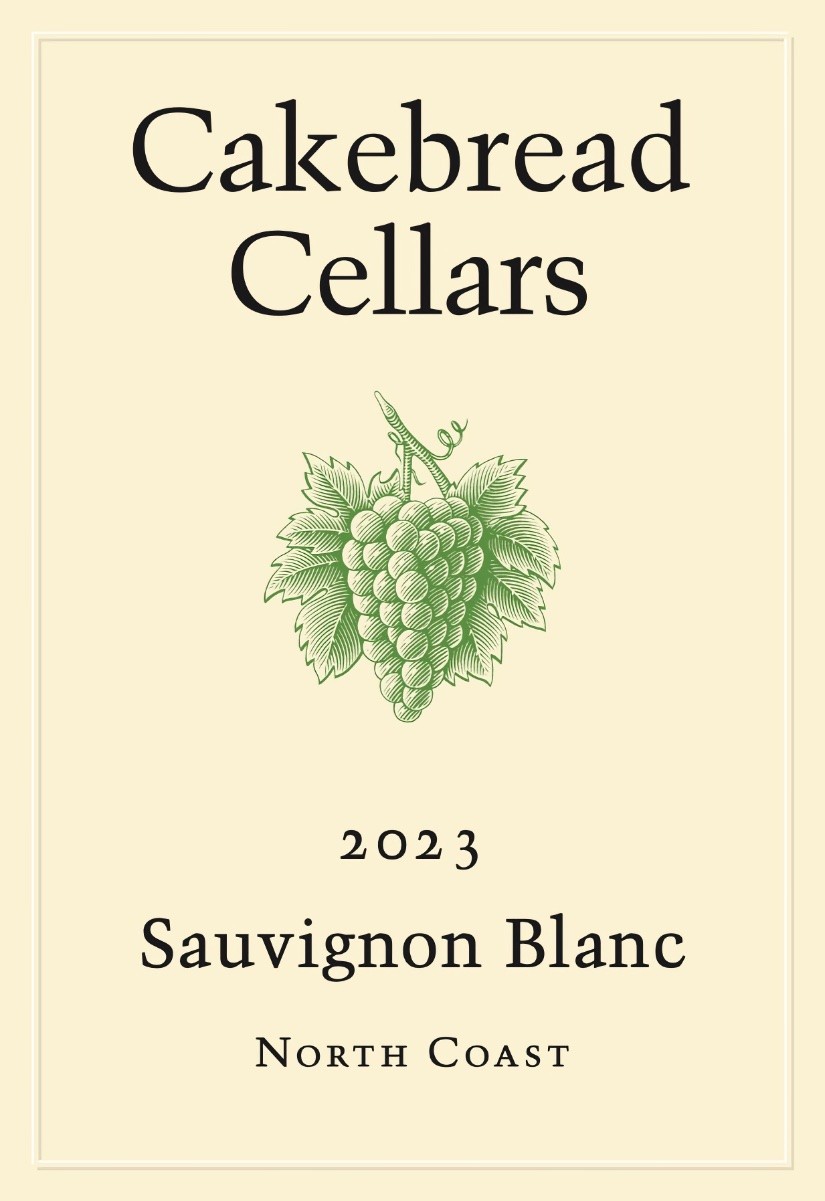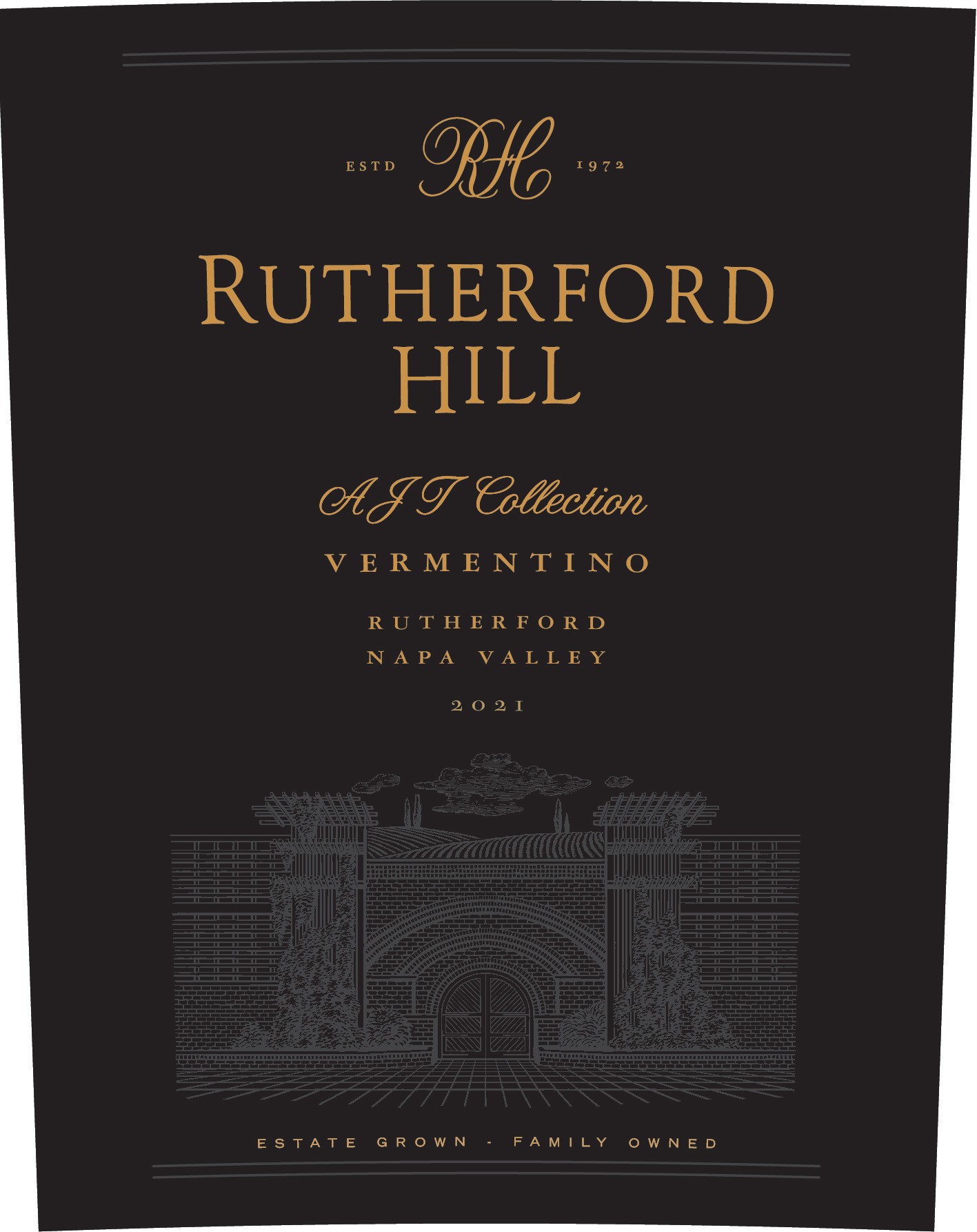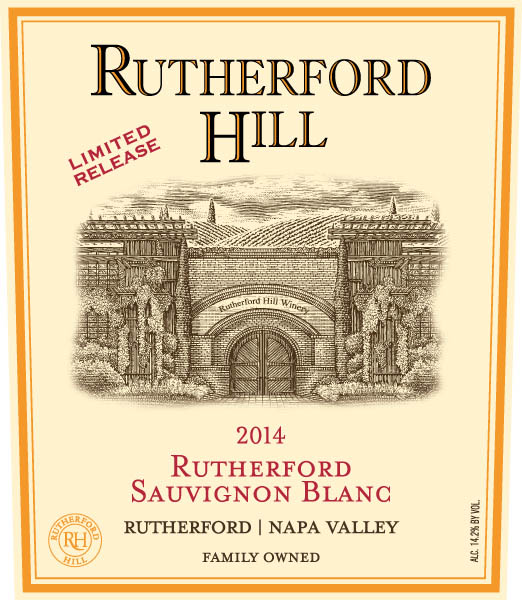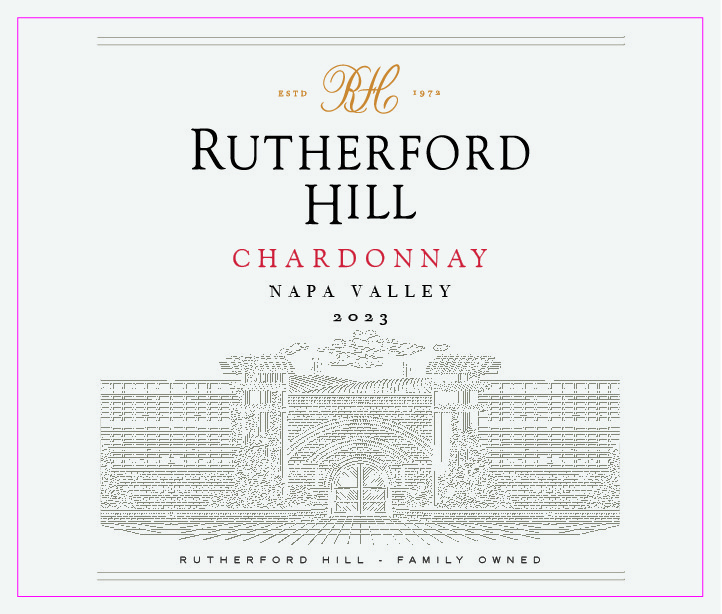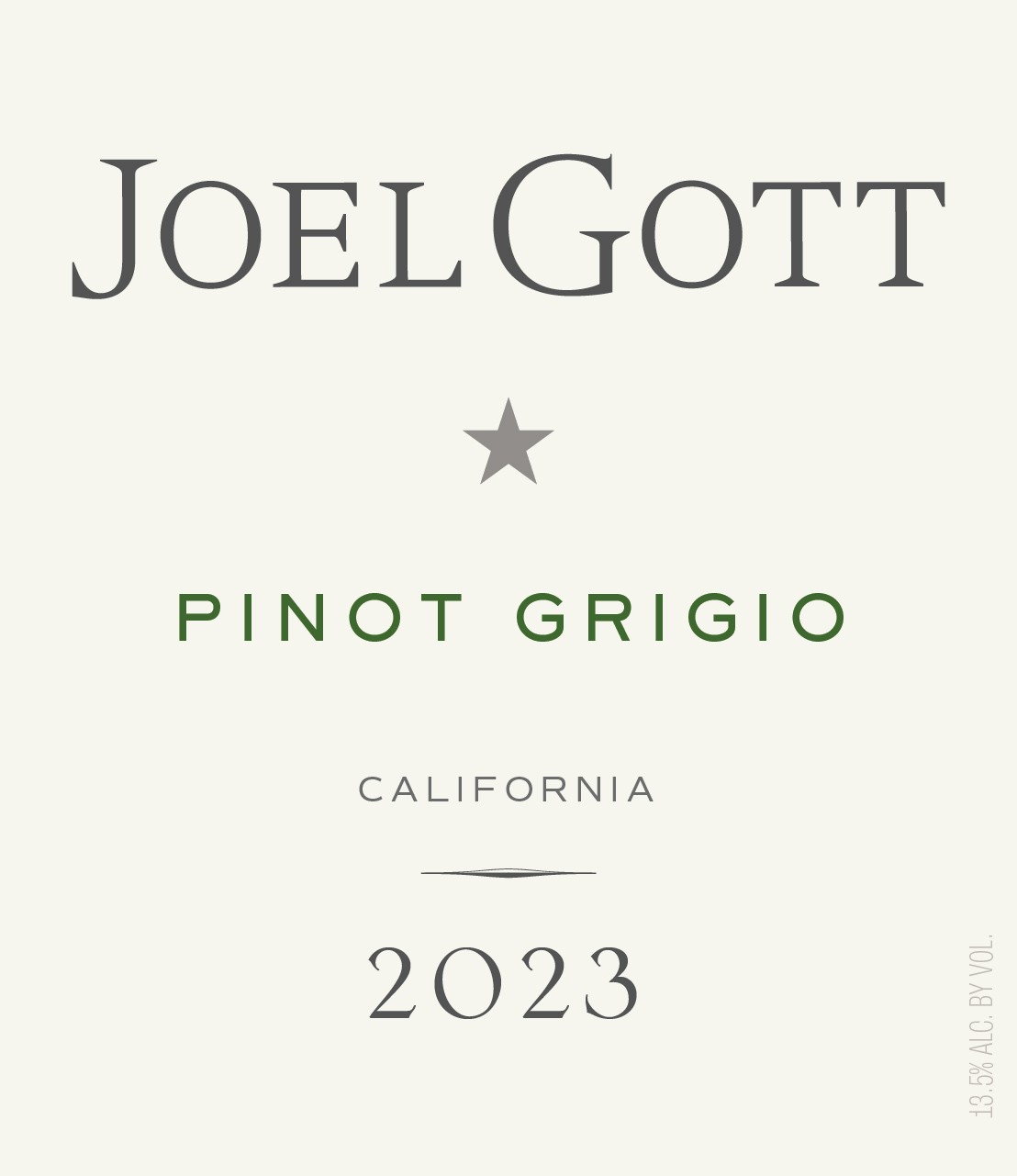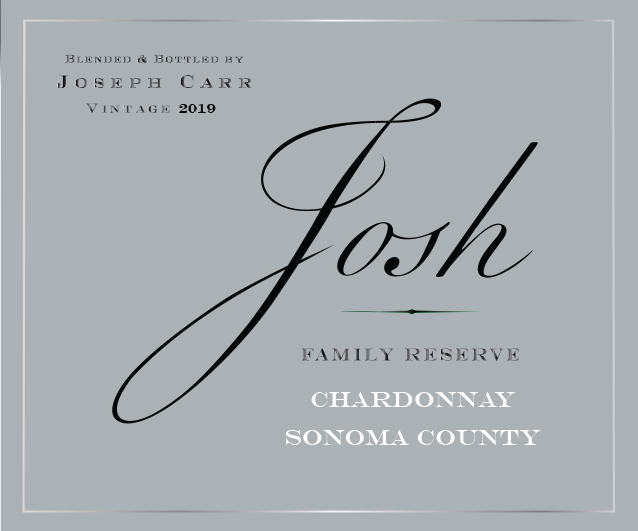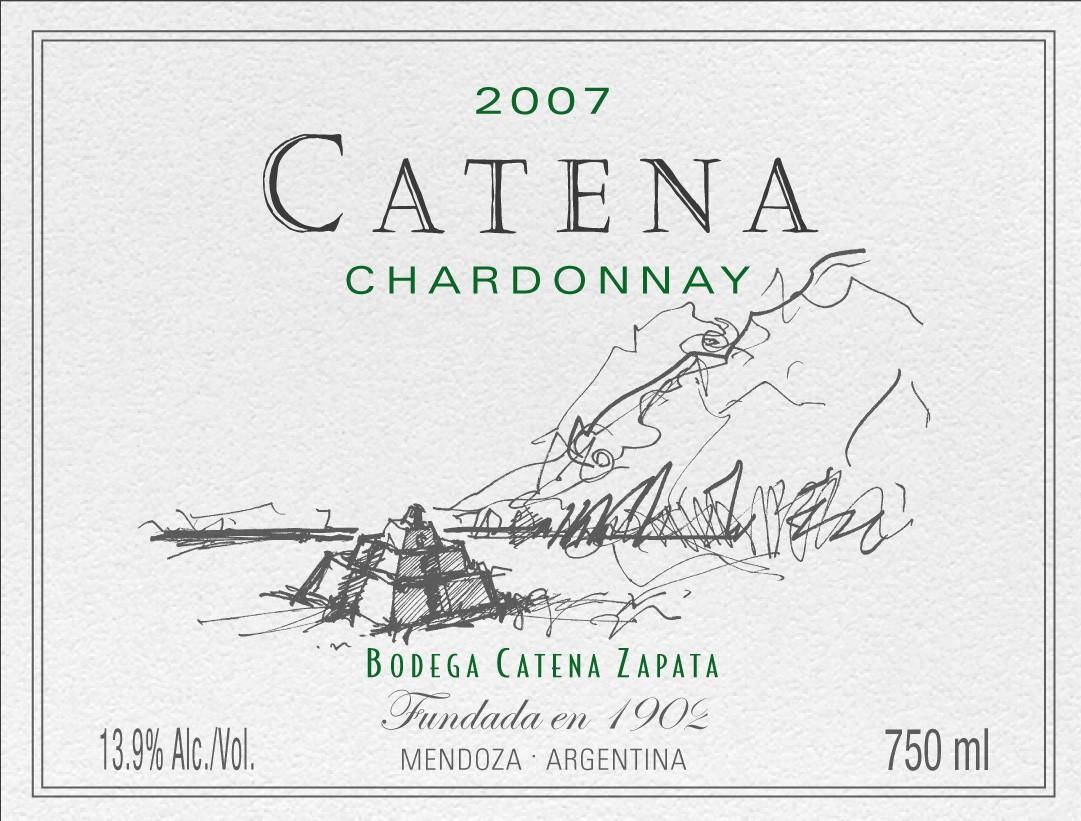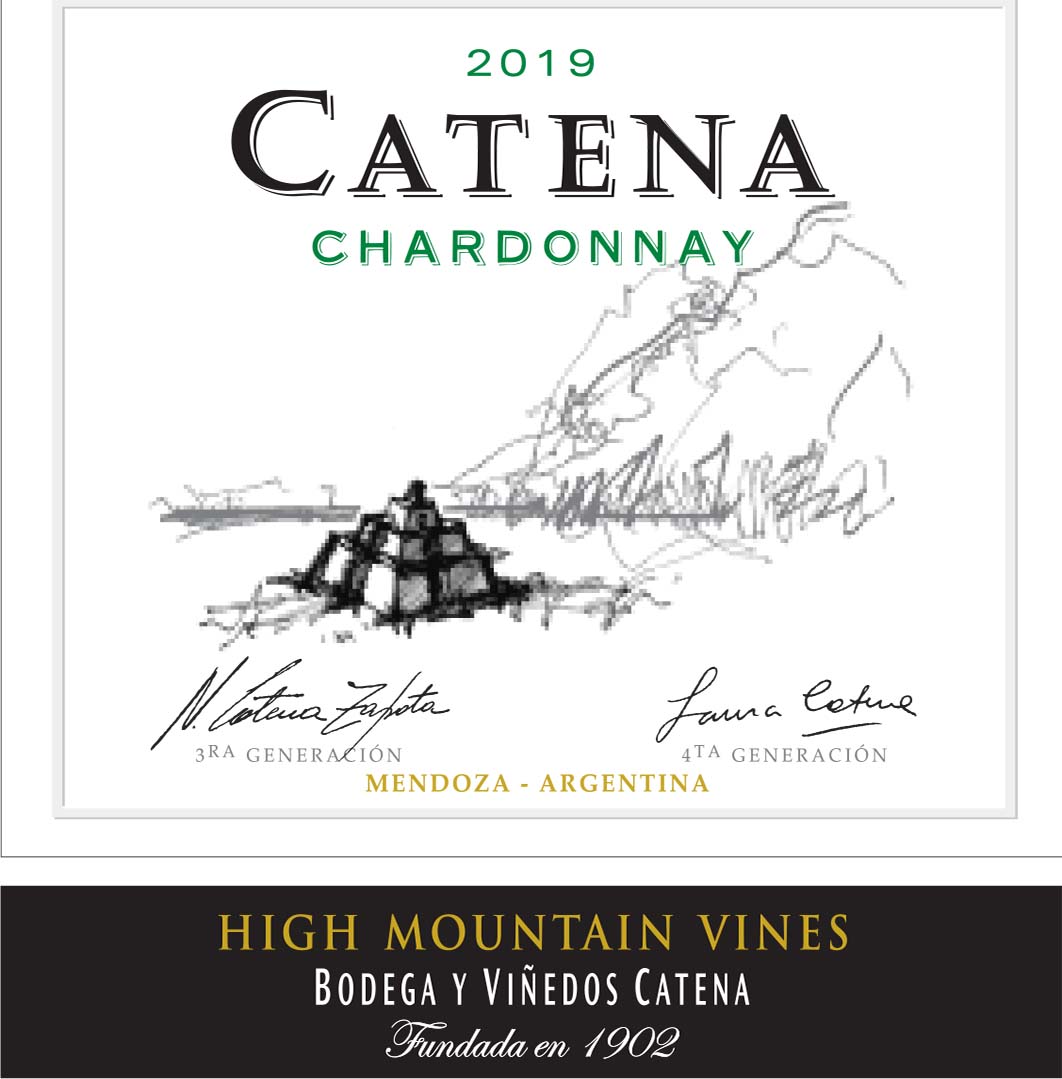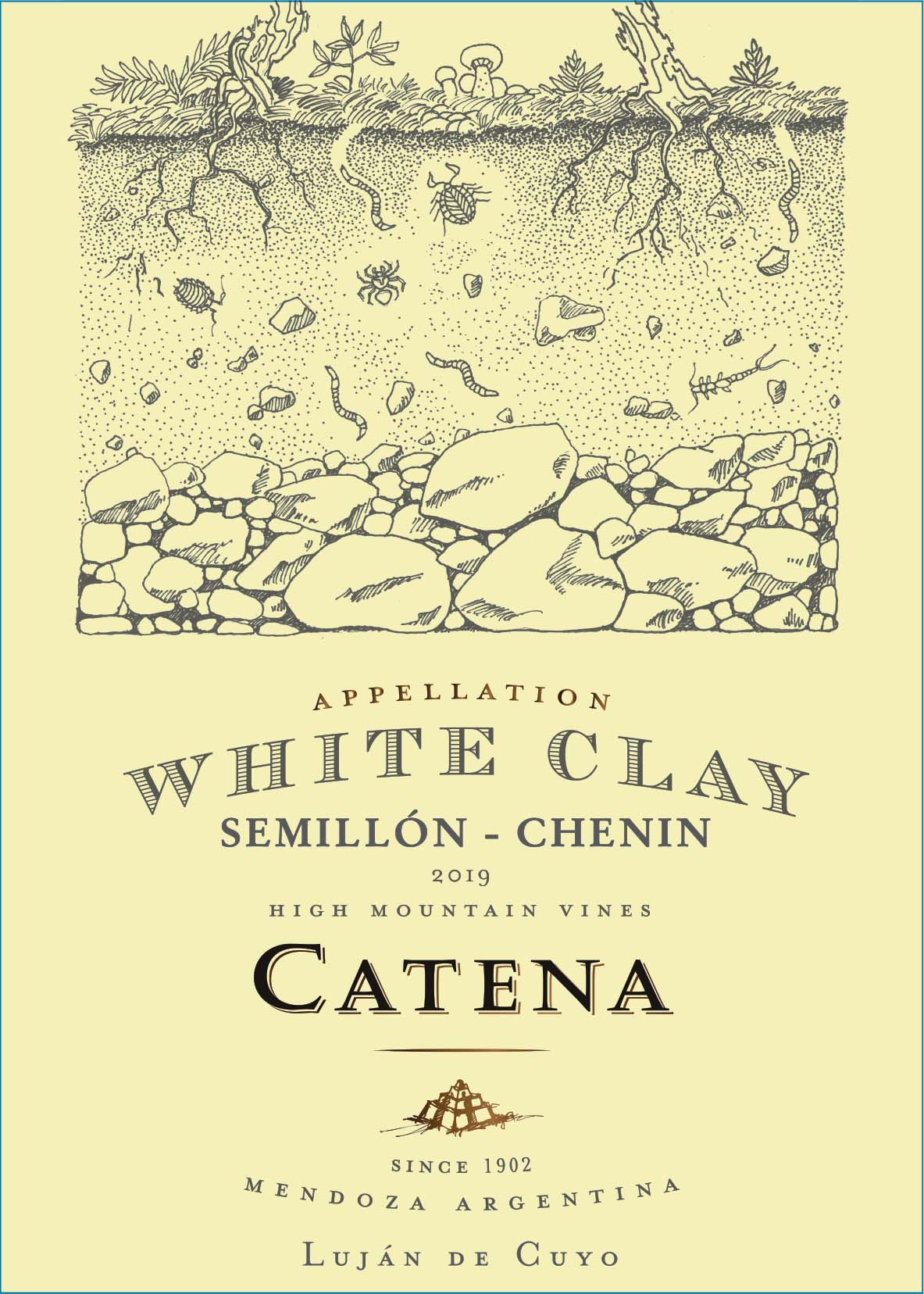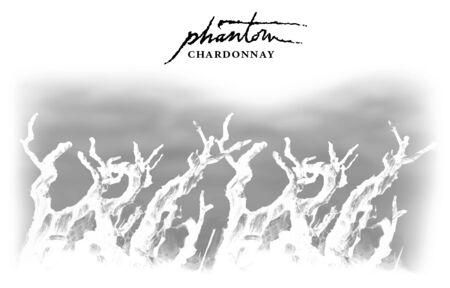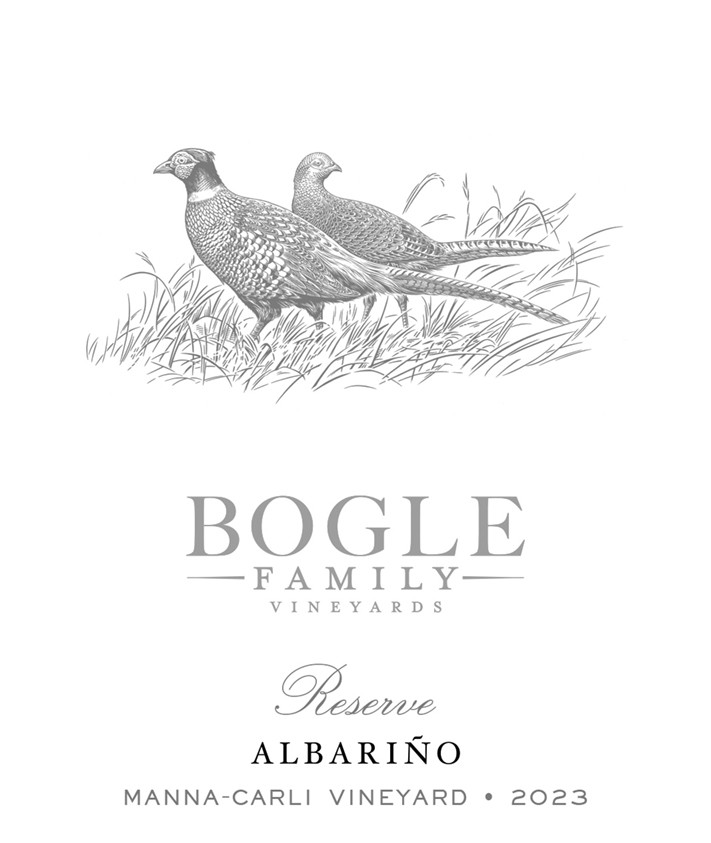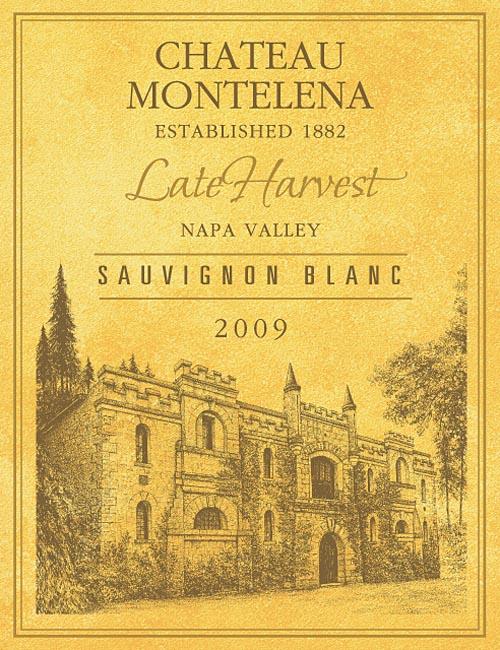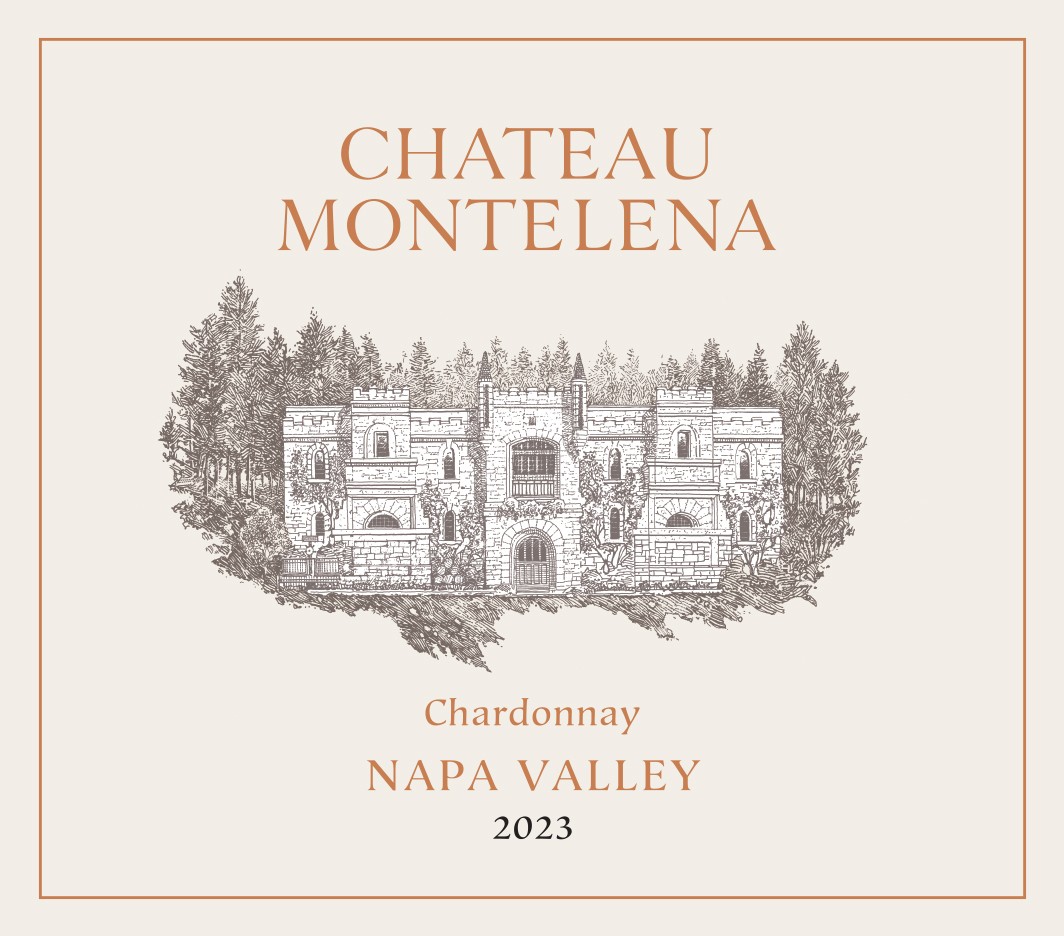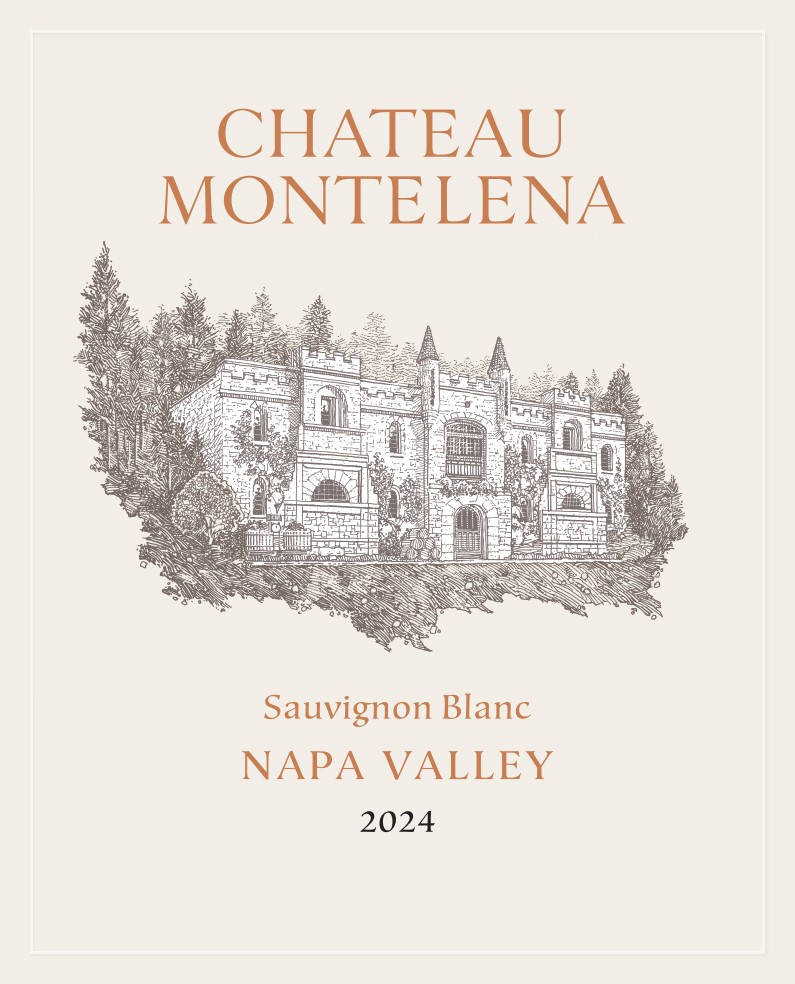Terroir of Douro Valley
The Douro region is known for its sharply continental climate, with summer temperatures often exceeding 40°C and winters that can be cold and snowy.
The Marão and Montemuro mountains provide shelter, leading to varied rainfall—from 1000–1200 mm in the west to about 400 mm in the east. This creates a dry east and a wetter west.
The area is famous for its steep, terraced vineyards on schist soils, which allow deep root growth for moisture and promote vine stress, enhancing grape concentration.
Elevations range from riverbanks to 600–700 meters, creating diverse microclimates that affect grape ripening and wine styles.
These conditions create a unique terroir, producing wines with notable minerality, concentration, and a distinct sense of place.
Notable Wineries in Douro Valley
The Douro Valley, renowned for its breathtaking landscapes and rich viticultural history, is home to some of Portugal’s most esteemed wineries. Here are a few notable names:
-
Quinta do Noval: Legendary for its Vintage Ports and pioneering high-end table wines, deeply rooted in Douro’s traditions.
-
Quinta do Vale Meão: Known for its legacy linked to the first Barca Velha, this family-run estate is celebrated for its rich Douro DOC reds.
-
Niepoort: A historic house modernizing Douro wines, known for the innovative “Charme,” showcasing the region's versatility beyond Port.
These wineries reflect the Douro’s unique terroir and commitment to quality, blending ancient traditions with modern innovation.
Sustainable Winemaking in Douro Valley
The Douro Valley embraces sustainability by blending ancient terracing techniques with modern eco-friendly practices. Many vineyards pursue organic and sustainable certifications, though the valley's climate poses challenges.
Integrated pest management helps reduce chemical use, and renewable energy is on the rise, with solar panels and water conservation systems becoming more common.
The region adapts to climate change by planting at higher altitudes, exploring drought-resistant rootstocks, and adjusting canopy management to protect grapes.
Reforestation and biodiversity efforts are restoring native plants and preventing soil erosion. This holistic approach ensures the valley's wines remain exceptional and its landscapes preserved for future generations.
Wine Tourism in Douro Valley
The Douro Valley is a prime spot for wine tourism in Europe, combining stunning views and rich cultural experiences. It features terraced vineyards ideal for scenic boat cruises or historic train rides.
Wine tasting is abundant, with estates like Quinta do Bomfim and Quinta do Seixo offering tours and tastings. Visitors can engage in hands-on activities like grape harvesting during the autumn vindima.
The area boasts luxurious accommodations like the Six Senses Douro Valley resort, alongside rustic farm stays.
The Douro Museum in Peso da Régua provides insights into the region's history and winemaking. Cultural events, including the Vindouro wine festival, highlight the local traditions.
Notable wineries like Quinta do Noval and Niepoort blend ancient practices with modern innovation, contributing to the region's esteemed reputation.




